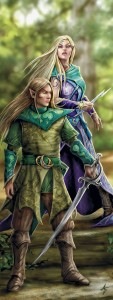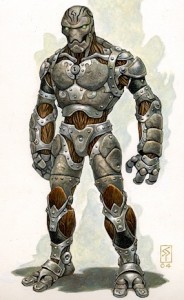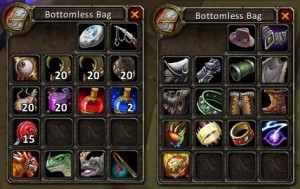 Knowing you can teleport once per encounter as a move action is like having a get out of jail free card in your back pocket. No matter how bad things get, if you’re conscious on your turn you can get yourself out of a bad situation. It doesn’t matter if you’re prone, bound, marked, surrounded or immobilized – Fey Step will give you options other characters in the exact same situation just won’t have.
Knowing you can teleport once per encounter as a move action is like having a get out of jail free card in your back pocket. No matter how bad things get, if you’re conscious on your turn you can get yourself out of a bad situation. It doesn’t matter if you’re prone, bound, marked, surrounded or immobilized – Fey Step will give you options other characters in the exact same situation just won’t have.
There are also amazing, non-combat and role-playing implications that accompany the ability to teleport. Regardless of your class, your Fey Step will often give you access to areas that other characters can’t get to as easily, if at all. All you need it a glimpse of where you want to end up and if it’s within your range you’re there instantaneously. This makes it exceptionally difficult to keep Eladrins anywhere against their will.
Fey Step may not have any offensive implication like other racial powers (take the Dragonborn’s Breath Weapon for example), but you can just as easily build a competent and interesting character around this power. Improving your Fey Step has the added bonus (in most cases) of improving any other teleportation your character makes. With that in mind there are a few classes that provide access to a lot of great teleportation powers and really let you exploit Fey Step.



